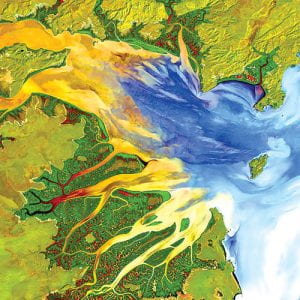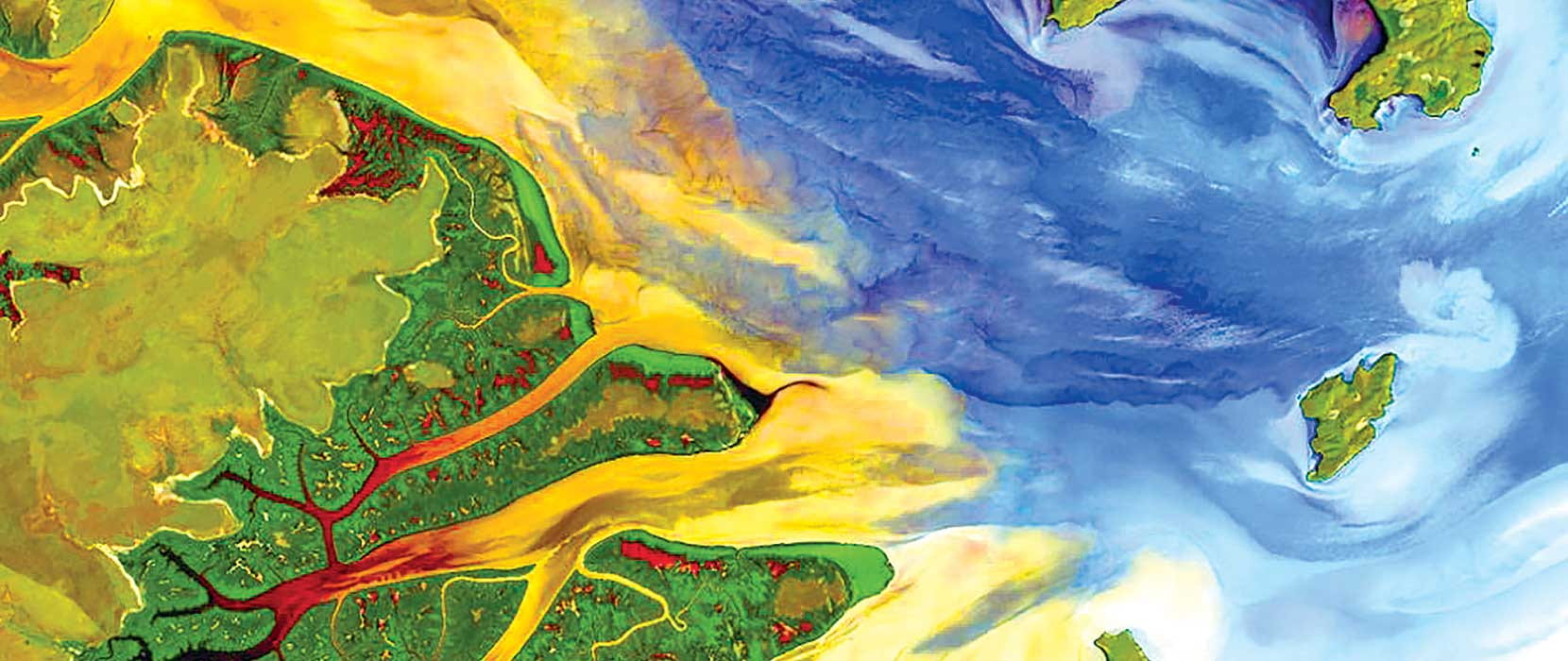Remote sensing applications
Working to solve real problems in real time is a great way to harness all the power that technologies offer us.
Professor Andrew Robson, Director, Applied Agricultural Remote Sensing Centre (AARSC)
A team of UNE researchers, led by Professor Andrew Robson at the UNE Applied Agricultural Remote Sensing Centre (AARSC), are working with over a dozen Australian agricultural industries to develop relevant and practical remote sensing applications that can greatly improve crop forecasting, pest detection, and biosecurity response time. In doing so, they are positioning Australia as a world leader in the development of agricultural remote sensing applications.
Horticultural tree crops such as avocados, mangos, macadamias, citrus and olive are worth millions to Australian industry and produce foods that we are familiar with and many of us enjoy. The advent of ‘smashed avocado on toast’ in particular has seen a significant increase in the demand and subsequent value of this fruit.

Image: False colour composite satellite image Ord River in the Kimberly in WA. Source: Geoscience Australia
Australian growers are regularly challenged by inadequate water security, nutrition, incidences of pest and disease and other biosecurity issues, and need to make many on-the-ground decisions about their crops in order to ensure, in the short term, a successful crop, and in the long term the viability of the of the farm and/or industry.
Professor Robson said that the many years he spent with state agricultural agencies has given the ability to listen to the needs of industry and then identify the appropriate remote sensing technologies and expertise for improving on farm efficiencies and ultimately productivity. “This means working closely with growers, undertaking the appropriate calibration and validation within commercial growing environments, and working out how to best facilitate the transition of R&D into an adoptable commercial solution.”
“Developing applications from the national, regional, farm and even individual tree level offers benefits to many levels of industry. At the national level the mapping of all avocado, mango and macadamia orchards offers improved biosecurity response, post disaster monitoring and a better understanding of industry growth. At the farm level, a better understanding of yield and quality can support growers with improved decision making around the variable application of crop inputs, harvest segregation, labour needs and forward selling estimates.”
These tools will support improved data recording across the industry as well as the remote monitoring of crop performance. Ultimately, this offers significant benefits for the respective industries, from the grower to the industry body.
Professor Robson is certain that it is the relationships that he and his team have developed over the years that have been key to their success – “the industry trusts the work we do because we have listened to them and our collaborations are genuine; working to solve real problems in real time is a great way to harness all the power that technologies offer us.”


